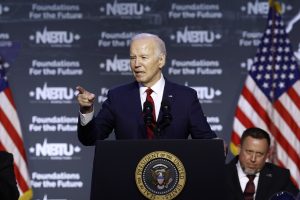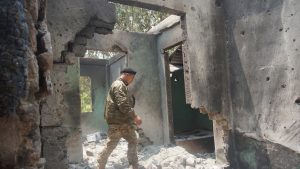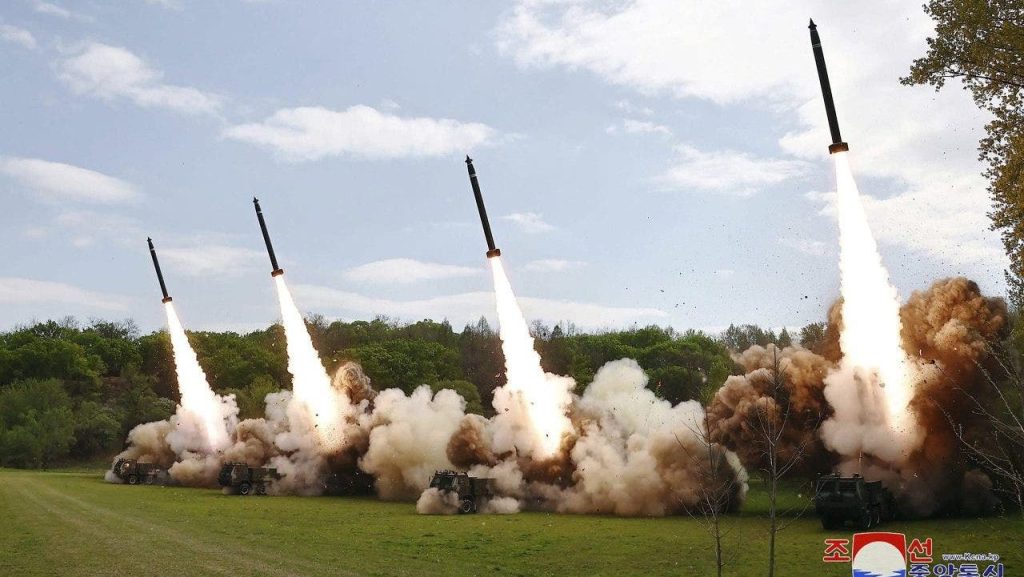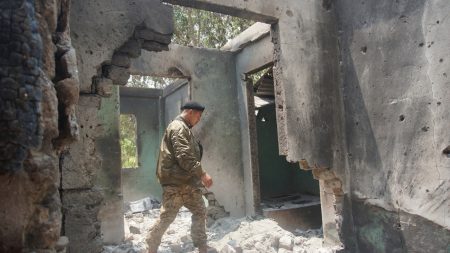North Korea conducted a missile test on Monday, launching several short-range ballistic missiles near Pyongyang. The drill was meant to test the country’s nuclear force preparedness and demonstrate the reliability and superiority of its nuclear forces. The Haekbangashoe system, which means “nuclear trigger,” was utilized in the drill to strengthen the prompt counterattack capacity of North Korea’s nuclear force. The missile test raised alarms in the region as the missiles flew approximately 185 miles, falling in the waters between the Korean Peninsula and Japan. Kim Jong Un oversaw the drill, which involved the firing of missiles from at least four launch vehicles.
The United States, Japan, and South Korea have agreed to a system of real-time missile data-sharing to monitor North Korea’s launches. The U.S. Indo-Pacific Command stated that the recent missile launch does not pose an immediate threat to U.S. personnel or territory, but emphasized the destabilizing impact of North Korea’s weapons program. The United States Air Force highlighted the ROK-U.S. Alliance’s ability to deter, defend, and defeat any adversary in response to the missile test. Local media accused the U.S. and South Korea of inciting “war fever” in the region against North Korea, labeling it as confrontational and aggressive.
Japan’s Chief Cabinet Secretary Yoshimasa Hayashi condemned North Korea’s missile tests, stating that they threaten the peace and safety of Japan, the region, and the international community. North Korea declared itself an “irreversible” nuclear weapons state in 2022 and adopted a doctrine allowing for preemptive nuclear strikes if the country’s leadership feels threatened. Kim Jong Un announced that North Korea would never give up its nuclear weapons or negotiate denuclearization, confirming suspicions held by experts and world leaders for years. The missile test occurred as the U.S. and South Korea started a combined joint formation drill at Kunsan Air Base.
To combat North Korea’s aggressive pursuit of nuclear preparedness, Washington, Tokyo, and Seoul have agreed to a system of real-time missile data-sharing. The missile launch has been seen as a demonstration of the ROK-U.S. Alliance’s ability in the air domain to deter and defeat adversaries. Despite the launch not posing an immediate threat to U.S. personnel or territory, the U.S. Indo-Pacific Command highlighted the destabilizing impact of North Korea’s weapons program. North Korea’s ability to conduct missile tests and assert its nuclear capabilities has led to heightened tensions in the region, with critics accusing the U.S. and South Korea of inciting war fever against North Korea.















